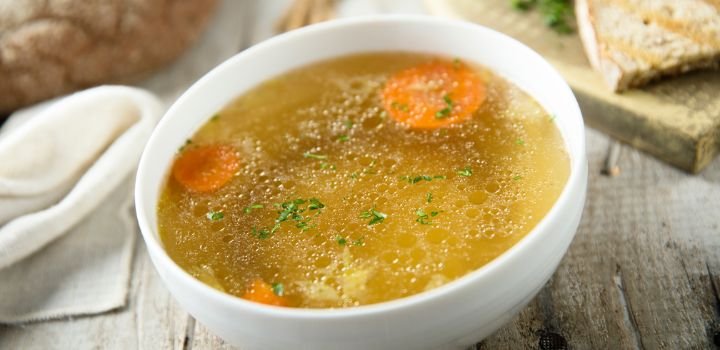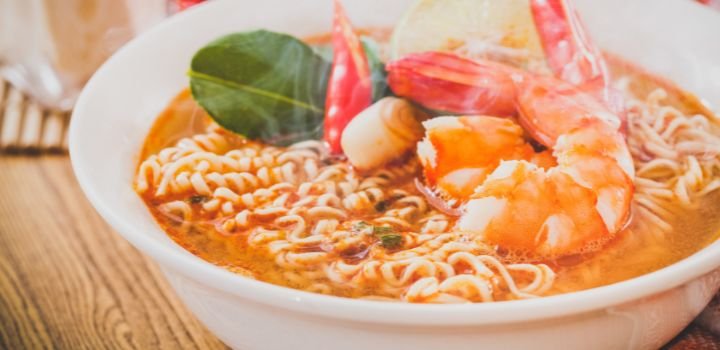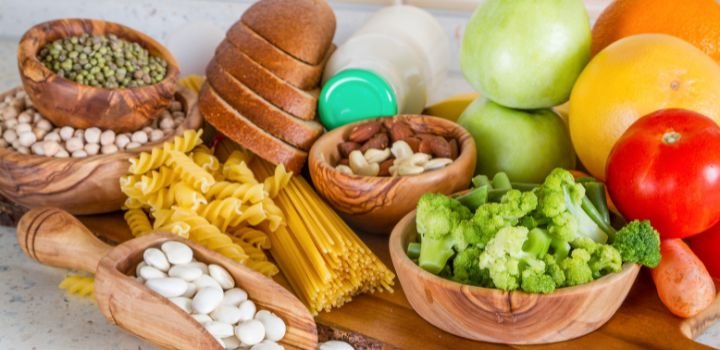Yeast extract is not a new concept in food applications, but many people do not understand it in-depth, which leads to improper application.
This article uses 7 questions to give people a deeper understanding of yeast extract.
What is the difference between fresh yeast and yeast extract?
Yeasts are a natural all-rounder and are very vital for the production of common food recipes. They are naturally present in nature as wild yeasts and are grown as culture yeasts with some extraordinary properties. Fresh yeast has been utilized by individuals for thousands of years now to make beer and bread and is also a crucial element in making wine.
Yeast extract is made from fresh yeast. Here, enzymes break down into proteins that are already present in the yeast into smaller components and then fall apart so that the ingredients dissolve out of the cell. Then we remove the remaining cell with a centrifugation technique. To be more precise, yeast extract comprises amino acids, proteins, carbohydrates, vitamins, and minerals from the yeast cell without even surrounding the cell wall.

How is yeast extract used in food?
Yeast extract is a natural ingredient as a food flavoring. It’s added to some foods like soy sauce and cheese for a savory flavor. The taste they create is sometimes referred to as “umami.” Yeast extract is also found in canned soups and stews, frozen dinners, and salty snacks, etc.
What are the benefits of yeast extract used in food?
Yeast extracts allow food manufacturers to reduce sodium up to 30% without compromising taste. Yeast extract intensifies salt perception due to its strong umami taste and brings specific flavor notes, allowing it to become more flavorful. The taste profile is reinforced, and therefore less salt is needed.
What is in yeast extract?
Yeast extracts are composed of a variety of amino acids, carbohydrates, vitamins, and minerals and contain more than 60% protein. They represent a valuable source of protein, nutrients, and minerals and can be used as natural flavor enhancers.
Is yeast extract Halal?
Yeast is generally divided into Saccharomyces cerevisiae (brewer’s yeast) and baker’s yeast. Baker’s yeast is considered halal.
Most Muslim consumers avoid food products made from brewer’s yeast extract since it is a by-product of beer. Alcoholic beverages are prohibited in halal-certified food products. Ethyl alcohol is not an acceptable halal solvent.

Is yeast extract Vegan?
Yeast extract is a natural flavor ingredient and comes from a natural source – fresh yeast. It is an animal-free ingredient that fits the vegan and vegetarian diet guidelines.
How much yeast extract is used in foods?
As yeast extract has an aromatic taste of its own, it is used only in small quantities – just like other seasoning ingredients. Generally, the concentration of yeast extract in dishes is approximately 1%.
Conclusion
I hope this article can help you understand YE correctly. If you need to know more about the YE application in food, please drop a message through this email.






